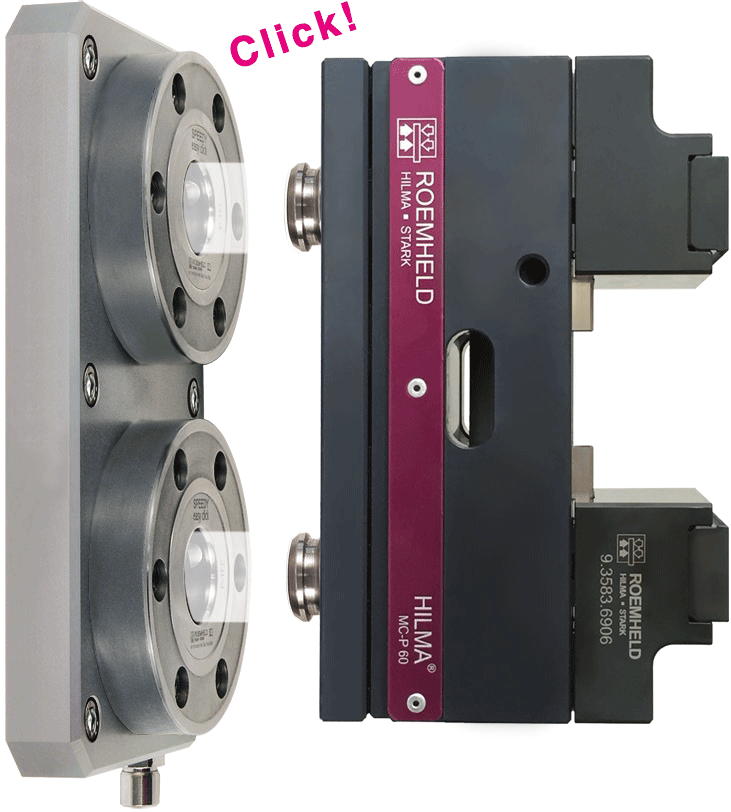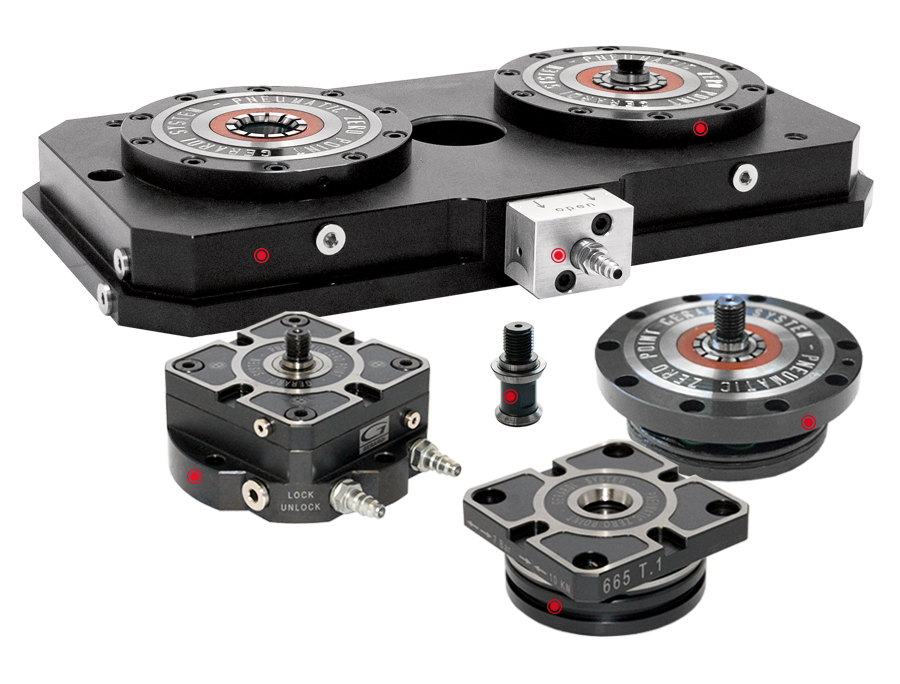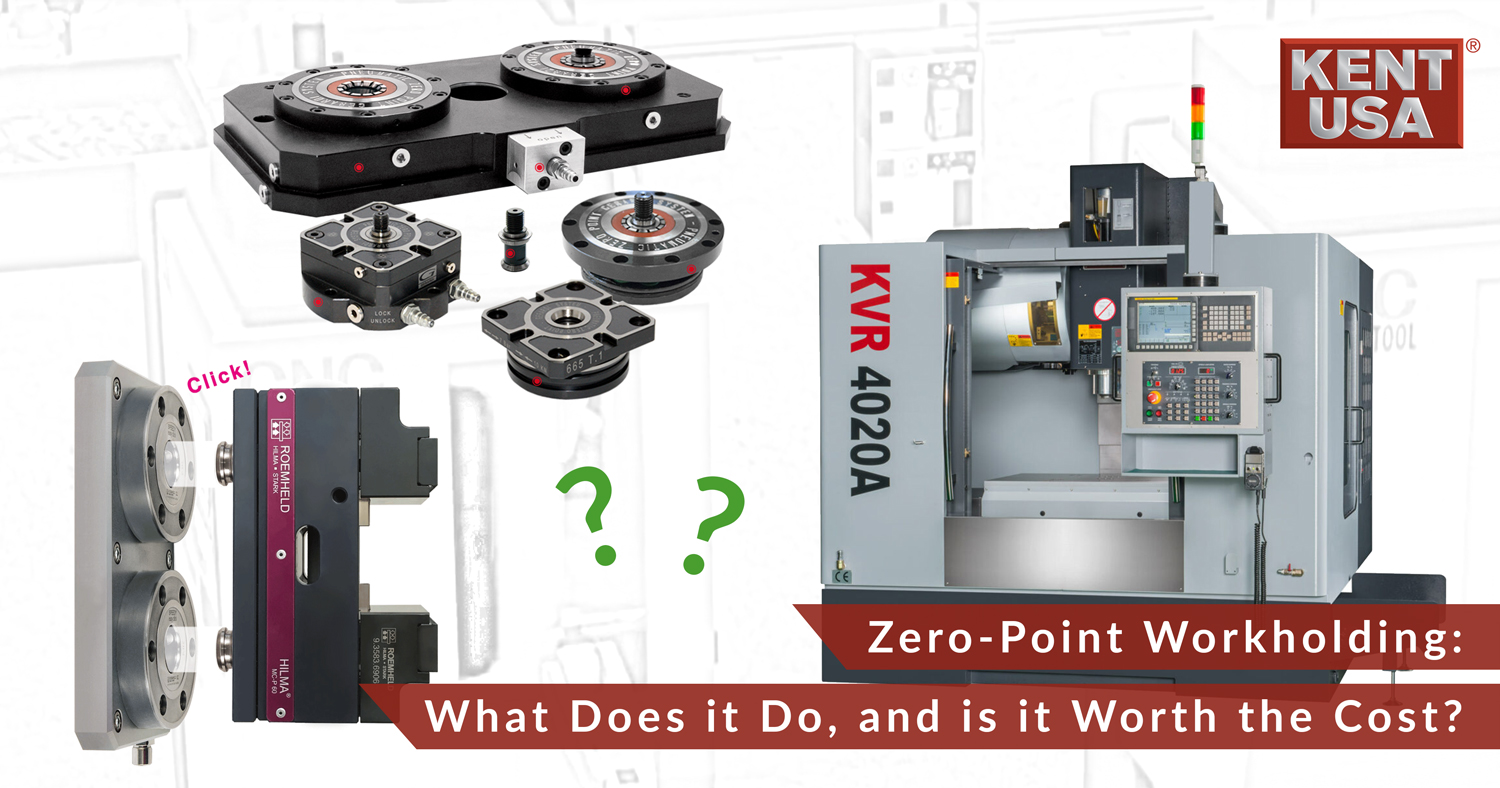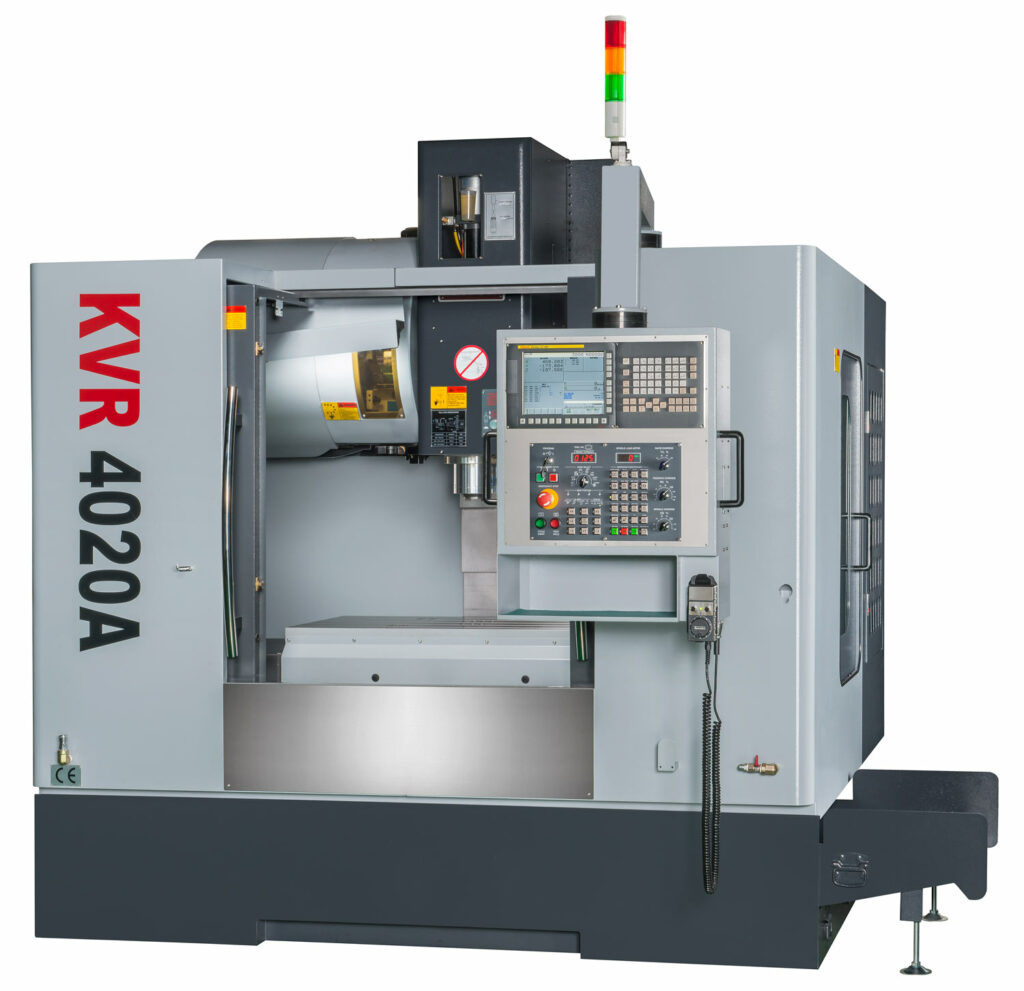People have used SMED, or Single-Minute Exchange of Die, for more than five decades. Is your shop one of them? Since you’re reading this, we’re guessing not. But hold on, you say. We don’t have any dies here. Our shop uses vises and fixtures to grip and locate our parts. And these, in turn, are securely bolted to the machine tables. So where’s the problem?

The problem is this last part. It’s a bad idea. Unless you’re Superman and can move faster than a speeding bullet, it can easily take half an hour or more to swap a vise or move a rotary table. Maybe a lot more, which means lost time, lost money, and lost opportunity. The good news? Zero-point workholding turns those hours into minutes. What’s more, it means no more tramming or picking up offsets. Intrigued? Read on.

Zero-Point Workholding is Cool
You can thank Shigeo Shingo of Toyota. Granted, he didn’t invent zero-point workholding, but the idea of setting up machines in record time was all his. Yes, Henry Ford might have set the wheels in motion. So did engineer Frederick Winslow Taylor, who was all about improving industrial efficiency. And here’s the thing: if those old guys recognized the importance of fast setup times—people who couldn’t begin to imagine a modern CNC machining center—it begs the question: why aren’t you?
Okay, Okay. Now What?
Grab a CNC milling chuck and look at the retention knob at the end. See how it fits neatly and securely into a mating pair of fingers deep inside the machining center spindle? That’s a lot of how zero-point workholding functions. No more using t-nuts and studs to affix a vise to the machine table. Instead, the receivers in zero-point systems grab onto studs attached to the bottom of a fixture plate, or sometimes, directly to the workpiece itself. And the vise or fixture just mentioned? It’s mounted securely to the opposite side of that fixture plate. Simply push a button or turn a wrench and the whole works comes off. To set up a new job, just slide the zero-point pull-studs into the receivers, engage the clamp, and you’re ready to machine parts. Easy.

Confused? Don’t Be?
At this point you might be thinking: why does Kent CNC care what kind of workholding system (or not) my shop uses? Aren’t you more interested in selling machining centers and lathes? There’s some truth to that, but by making our customers successful, we sell more machines. And like anyone who cares about the machining industry, we want to see it prosper; it’s that whole “rising tides raise all ships” thing. So that’s not selfish behavior, but rather smart business. And speaking of smart, you should get smart with your workholding. Think like Shigeo Shingo, and take a hard look at zero-point.
Share this article:



